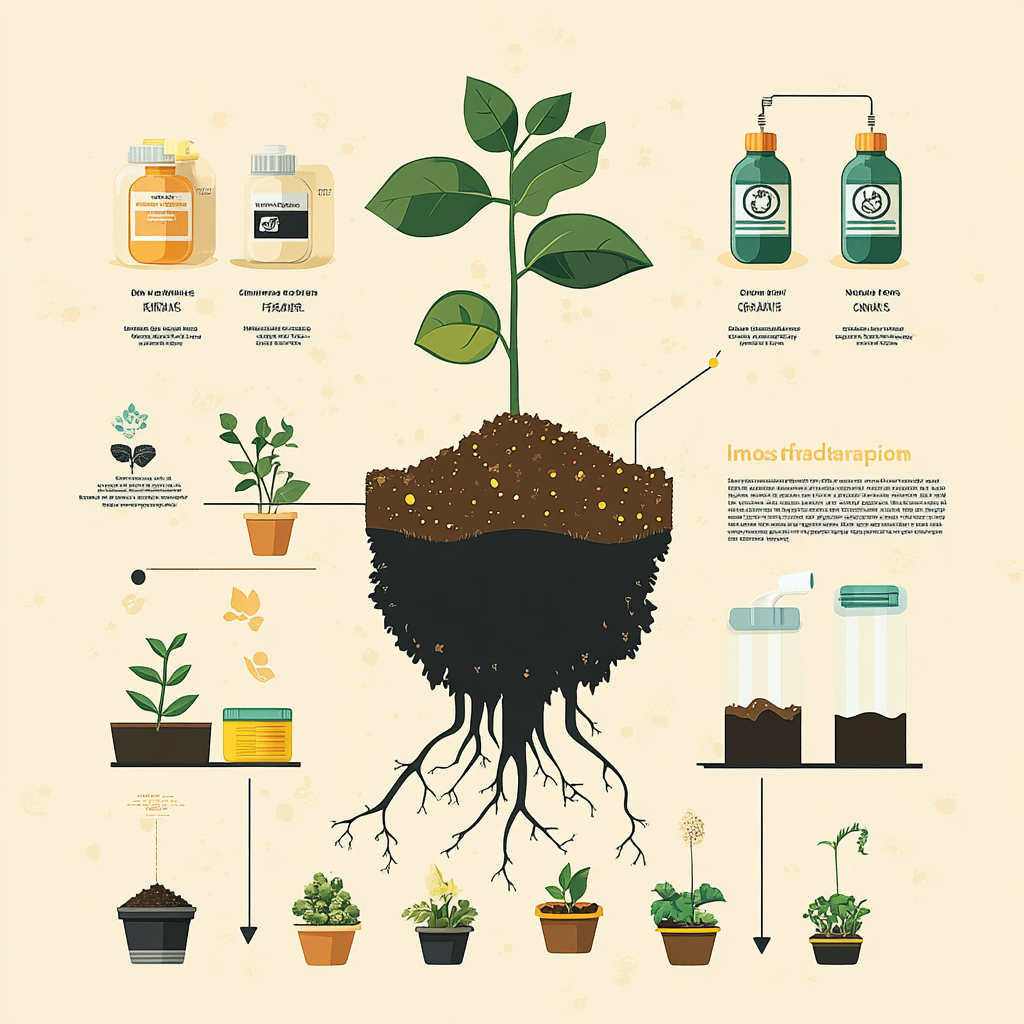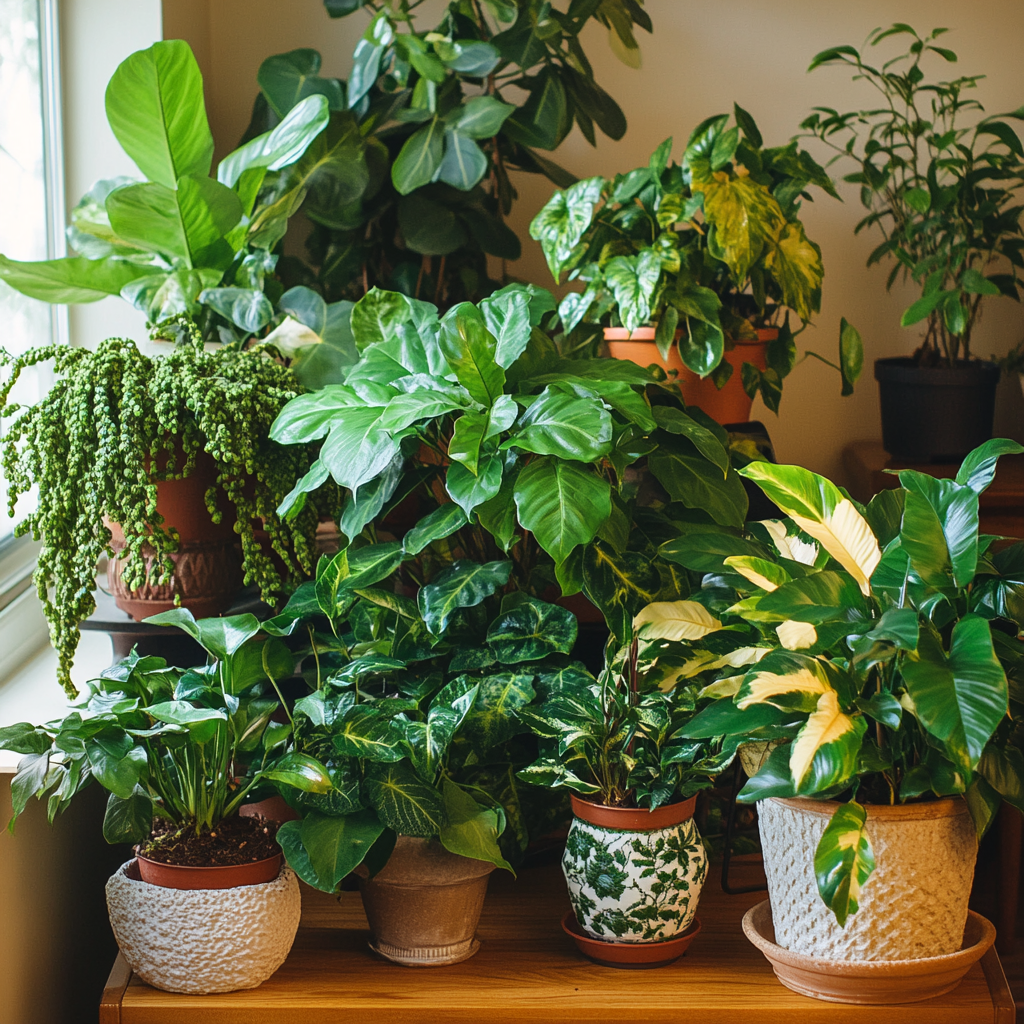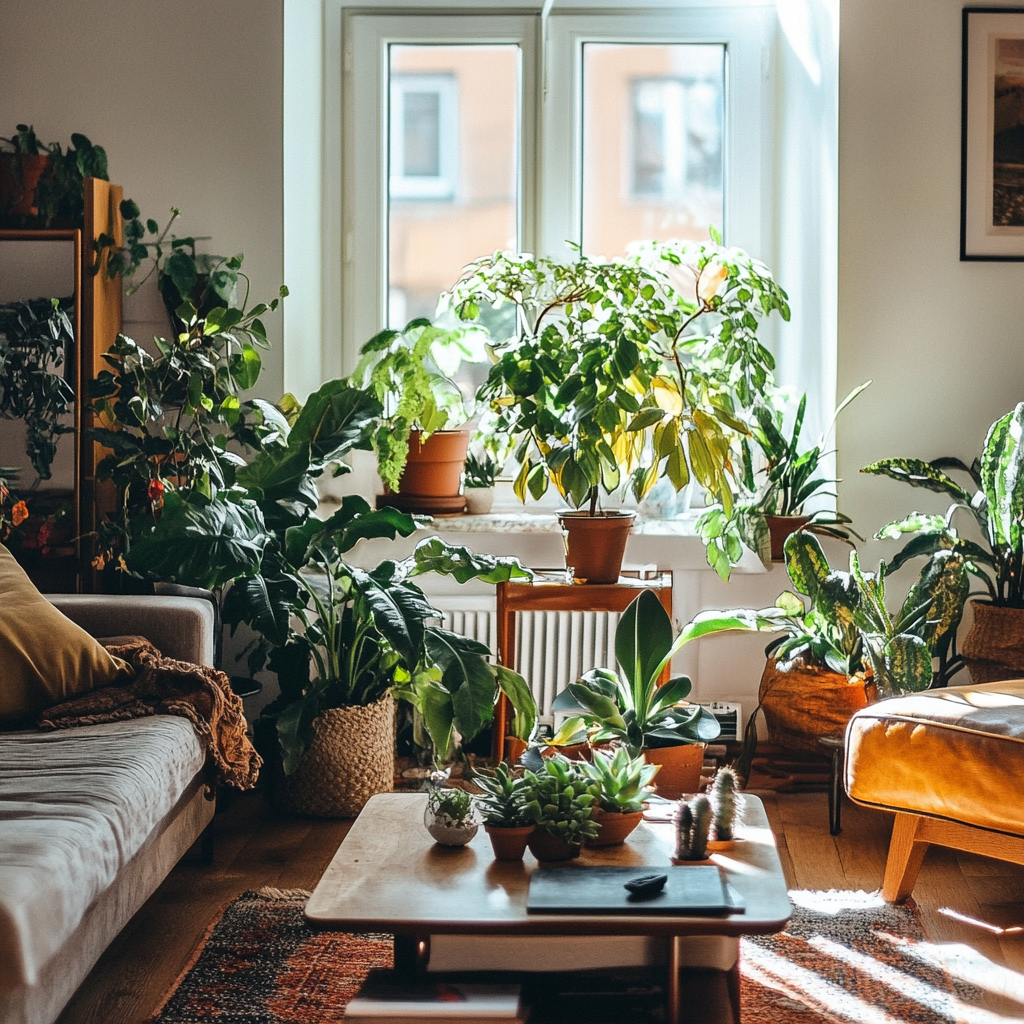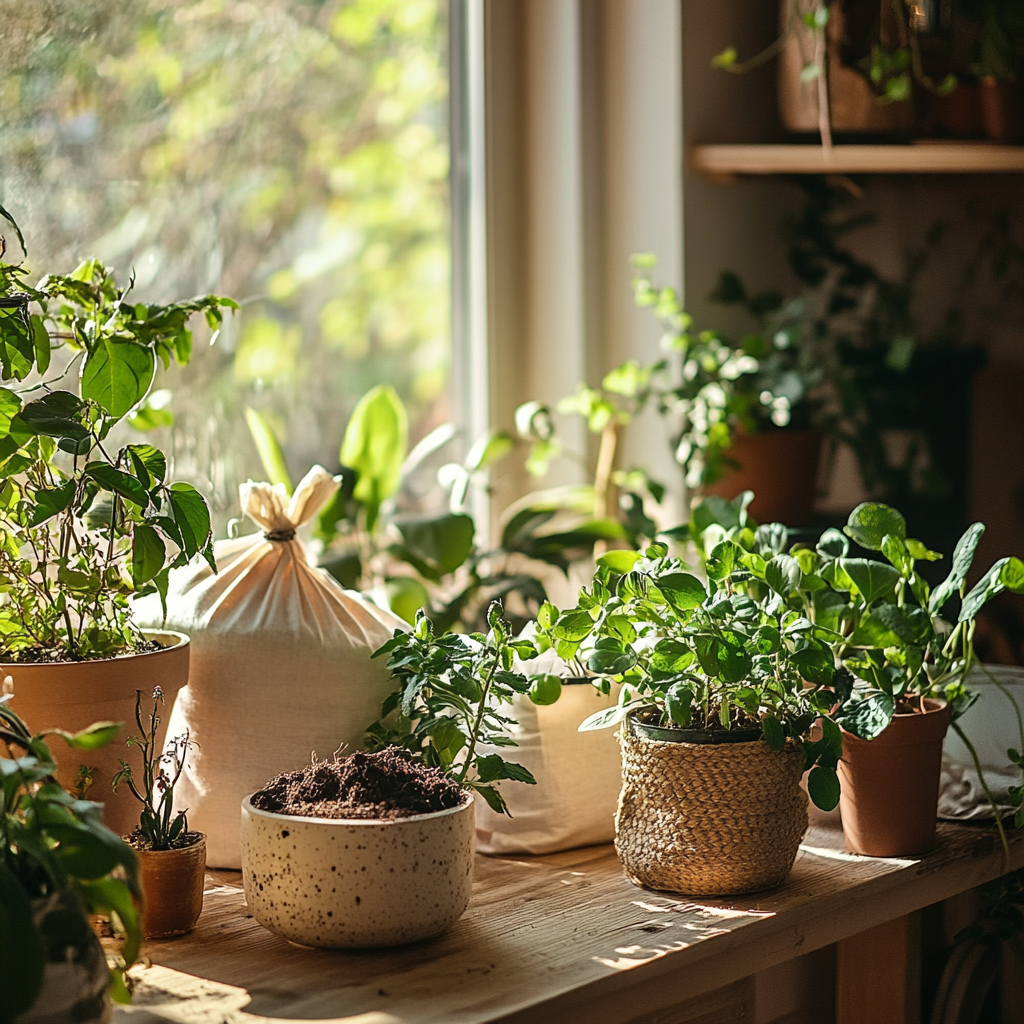Indoor houseplants are much more than just pieces of decoration; they fill your home with a part of nature and a bunch of other benefits, from fresh air to a mood lift. But keeping houseplants happy requires proper care, and one of the crucial parts of plant health involves the right nutrients. While there are many ways to fertilize your indoor garden, liquid fertilizers have proven to be a fast, effective, and easy-to-use solution for feeding your plants. In this guide, we’ll explore the best liquid fertilizers for houseplants: nurture your indoor jungle.

What is liquid fertilizer, and what will it do for houseplants?
Liquid fertilizers are one quick and easy way to add the essential nutrients for the nourishment of your houseplants. Unlike solid or granular fertilizers, which take some time to break down in the soil, liquid fertilizers dissolve promptly in water and allow plants to take up nutrition almost immediately through either their roots or foliage. This makes them ideal for indoor gardeners who mostly want rapid growth or an urgent correction of nutrients in the plants.
Houseplants need nutrients to thrive, and liquid fertilizers offer an easy, effective method for delivering those nutrients. The three major nutrients—nitrogen (N), phosphorus (P), and potassium (K)—serve different purposes in plant growth:
- Nitrogen (N) encourages leaf and stem growth and, therefore, is especially important for plants that develop from producing a lot of greenery.
- Phosphorus (P) promotes healthy root development and flower formation and helps plants that need to bloom or develop a strong root system.
- Potassium (K) helps modulate the overall health of a plant to resist all insects, diseases, and environmental stresses with much better resilience.
Besides the three macronutrients of NPK, houseplants also need secondary and micronutrients such as calcium, magnesium, iron, and sulfur. To that end, additional liquid fertilizers can be added that contain those added elements.

Key Things to Consider When Choosing a Liquid Fertilizer for Houseplants
Finding that perfect liquid fertilizer for houseplants can be a little overwhelming if you do not have your key things to consider; otherwise, the fertilizer could meet the specific needs of your plants. Here are some things you want to consider:
Nutrient Composition The NPK ratio on a fertilizer label indicates what percentage of nitrogen, phosphorus, and potassium the product contains. Different houseplants vary in their nutrient requirements:
-
- Leafy plants, like ferns and philodendrons, generally need higher nitrogen to promote good foliage growth. Find a liquid fertilizer that has a higher first number in the NPK ratio, such as 24-8-16.
- Flowering plants, such as peace lilies and African violets, need higher phosphorus for bloom production and thus require a fertilizer with a balanced or higher second number, such as 10-30-20.
- Succulents and cacti prefer balanced or low-nitrogen fertilizers such as 10-10-10, which offer good steady growth without being overly aggressive.
When selecting a fertilizer, ensure that the nutrient content will be in balance according to the needs of your plants, as over-fertilizing could be an imbalance.

Organic vs. Synthetic Fertilizers
-
- Organic fertilizers are made from organic materials, such as compost, worm castings, or seaweed. Their nutrients are released slowly because of their complex nature and, in turn, assist in slow and steady growth due to increased microbial activity that improves the overall soil’s health. They tend to be safer for the environment and are less likely to cause nutrient burn if used correctly.
- Synthetic fertilizers are manufactured through chemical processes in turn and are highly concentrated to provide nutrients immediately. Although they may yield the expected results fast, great caution has to be exerted in order not to over-fertilize. Synthetic fertilizers are usually cheaper and appear in numerous ready-to-use combinations, making them very successful among people who have busy lifestyles.
Each has both advantages and disadvantages. Organic fertilizers are perfect for those gardeners who want a completely natural approach that’s friendly to the ecosystem for long-term benefits affecting the soil. Synthetic fertilizers work better for plants which need quick action and accurate control of nutritional values.
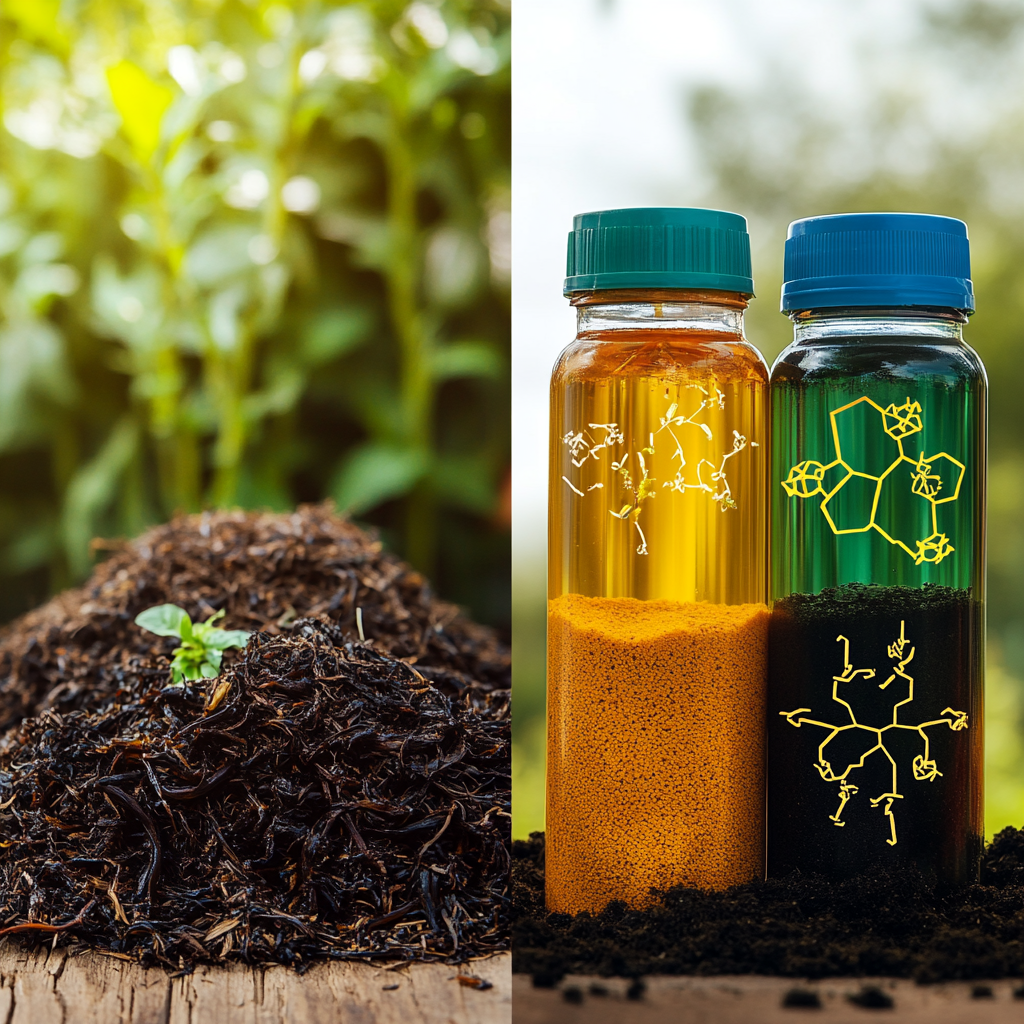
Ease of Use and Application Liquid fertilizers are in high demand because of how easy they are to use. Most come in concentrated forms, requiring dilution with water hence easy to apply and economical. They mostly come in different forms, such as bottles with a built-in dispenser, which makes measuring and application quite straightforward.
Some liquid fertilizers come in ready-to-use spray bottles for foliar feeding. In foliar feeding, the fertilizer is applied directly onto the leaves, where plants absorb nutrients through their stomata. This mode of application is very important during a plant’s nutrient deficiency and in conditions when rapid nutrient uptake by the plant is necessary.
Plant-Specific Needs Different plants require fertilizing in different ways, which relates to the choice of fertilizers in respect to the type of plant intended to be fertilized. This implies that:
-
- Tropical plants sometimes like high nitrogen levels for effective leaves’ green growth, though the flowering plants require high levels of phosphorus for robust blossoming.
- Succulents and cactus do great on a fertilizer product lower in nitrogen but can also carry potassium and phosphorus, which is usually useful for healthy root building and durability.
In doing so, check to see if the fertilizer is specially meant for orchids, houseplants, or even indoor vegetables, among others.
Top 5 Best Liquid Fertilizers for Houseplants
Following are five of the best liquid fertilizers available in the market, each designed to meet different needs of your houseplants:
-
Miracle-Gro Liquid Houseplant Food
-
-
- Overview: Miracle-Gro is a trusted brand in gardening, and their liquid houseplant food provides a balanced formula that suits most indoor plants.
- Key Features:
- NPK ratio: 24-8-16 for balanced support of the nutrition needs of most plants
- Fast-acting formula that acts quickly
- Easy-to-use and affordable
- Best For: Tropical houseplants, leafy greens, and flowering plants that need a balanced mix of nutrients.
- Application: Mix with water by following instructions and apply once every 1-2 weeks during the growing season for best results.
-
-
Dyna-Gro Liquid Grow Plant Food
-
-
- Overview: A comprehensive general-purpose liquid fertilizer from Dyna-Gro, Liquid Grow indeed provides a complete range of essential nutrients, making it perfect for healthy and robust plants.
- Key Features:
- NPK ratio: 7-9-5, extra nitrogen for healthy foliage.
- All 16 essential nutrients present for balanced growth.
- Suitable for indoor and outdoor applications.
- Best For: Greenhouse plants, leafy houseplants, and tropical plants that require a good dose of nitrogen.
- Application: Dilute accordingly and apply every 2-4 weeks, or as needed for growth.
-
-
Neptune’s Harvest Fish and Seaweed Fertilizer
-
-
- Overview: This organic fertilizer utilizes the nutrient-rich properties of both fish emulsion and seaweed for steady, healthy growth. It is a great choice for anyone who prefers to use natural, earth-friendly products.
- Key Features:
- Organic and sustainable ingredients.
- Ideal for soil health and the development of a strong root system.
- Suitable for flowering and fruit-bearing plants.
- Best For: Tropical plants, flowering houseplants, and overall plant health.
- Application: Apply every 2-4 weeks during the growing season, diluted with water.
-
-
Espoma Organic Indoor Plant Food
-
-
- Overview: Espoma’s liquid plant food is made from natural, plant-based ingredients and is designed for optimal absorption by houseplants.
- Key Features:
- Organic formula with added micronutrients like calcium and iron.
- Encourages healthy leaf growth without overfeeding.
- Great for general indoor plant care.
- Best For: General-purpose application for a wide range of houseplants, especially non-flowering ones.
- Application: Apply every 4-6 weeks for maintenance or more frequently for actively growing plants.
-
-
Jack’s Classic Liquid Plant Food
-
- Overview: Jack’s Classic is a well-known brand with a history of excellent fertilizers, and their liquid plant food lives up to the reputation. It’s all-purpose, making it great for general houseplant applications.
- Key Features:
- NPK ratio: 20-20-20, balanced for a wide variety of plants.
- Fast-acting and effective for all types of houseplants.
- Economical and easy to use.
- Best For: General-purpose fertilization for a range of houseplants, including both leafy and flowering varieties.
- Application: Use every 2-4 weeks for steady growth.
How to Apply Liquid Fertilizers Effectively
Application of liquid fertilizers requires much care to avoid over-fertilization or nutrient burn. Here’s how to apply them for better results:
- Dilution: Always dilute the liquid fertilizers by following the instructions on the label. Over-concentration will damage your plants.
- Water First: Make sure to water your plants well in advance before applying fertilizer for better intake of the nutrients through the roots.
- Timing: Liquid fertilizers should be applied during the growing season when plants are actively producing new growth. For most plants, this means minimal or no fertilizing during the fall and winter months when growth has slowed.
- Application Frequency: Most liquid fertilizers should be applied every 1-4 weeks depending on plant type and product instructions.
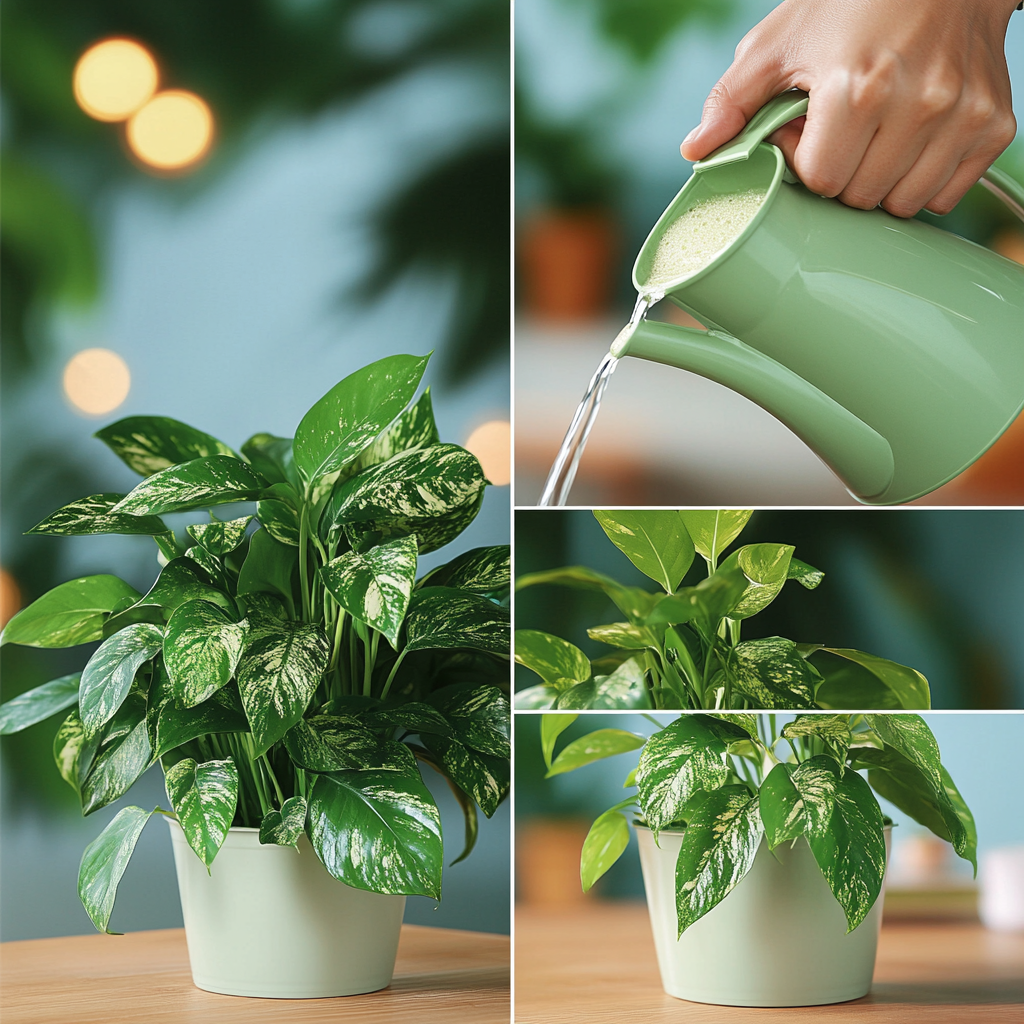
Common Mistakes to Avoid with Liquid Fertilizers
While liquid fertilizers are easy to use, it’s still possible to make mistakes. Here are a few common errors to watch out for:
- Over-Fertilizing: Too much fertilizer can burn the roots and cause the plant to suffer. Always follow the dilution and frequency recommendations.
- Ignoring Plant Needs: Not all plants require the same fertilizer. Understand the specific nutritional needs of your houseplants before selecting a fertilizer.
- Not Watering Before Application: Never apply fertilizer without first watering your plants, as high levels of nutrients can burn the roots.
Picking the right liquid fertilizer for your houseplants will set you on the journey of raising a healthy indoor garden. By knowing your plant’s needs and using the correct product, you’ll provide it with all the necessary nutrients for growth, strength, and beauty. Whichever route you take—organic or synthetic—it will be in the application and attention to detail that really makes all the difference in your plant care routine. With the right liquid fertilizer, you’ll see your indoor jungle grow strong and healthy, bringing joy and beauty to your home all year long.
